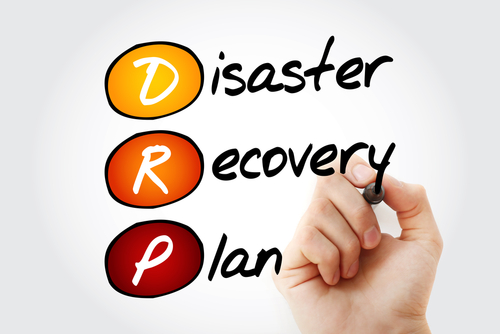
Whether you like it or not, the tech industry is prone to disasters. Sooner or later, we all experience a bad day at the office and with almost everything going online, the risk of having a complete data meltdown has a high probability.
This makes it essential that your business’ web hosting provider has a disaster recovery plan that is waterproof as it is effective. Of course, it becomes your responsibility to make sure that the plan is in place, covers all aspects and is actually implemented and abided by.
What is it?
A disaster recovery plan is a set of detailed steps that the hosting provider will need to go through, to recover their servers and systems so that they are back up and running in the shortest amount of time and with the maximum possible level of functionality that can be achieved, following a disaster.
What should it include?
The process of creating a disaster recovery plan is quite extensive – but an absolute necessity.
To make sure that everything is covered, it should go through risk assessment:
- Disaster Types and Response: there are two types of disasters – natural and manmade. Any recovery plan should cover both types and dedicate what should be done in case any one of them should happen.
Earthquakes require a different sort of approach and response than a flood. The plan should list what should be done and by whom in both instances.
- The Building: although the main focus of the data recovery will of course be the data, the recovery plan should start from the building it is located in. Things like access routes, proximity to traffic and transportation, fuel pumps and dumps, etc. should be taken into consideration.
On the inside, safety features like surge protectors, backup power supply, ventilation and air-conditioning, smoke detectors and fire extinguishers should be accounted for and considered.
These features need to monitored and improved upon on a regular basis.
Once the risk assessment is compiled, the threats and weak points are clearly defined. This means work can go on to:
- Listing of the data center’s internal and external assets.
- Listing of all stakeholders, from clients, to the hosting providers’ internal staff and supporting teams all the way to third-party suppliers.
- Identifying the most likely threats the data center faces (fire, human error, power interruption… etc.)
- Identifying possible causes of manmade errors like out-of-date servers and backup systems.
- A review and record of all errors that have previously occurred and how they had been approached and handled.
- Calculation of the affordable downtime: the amount of minutes/hours that the servers can be down without causing much damage to clients and users.
- Listing of all procedures that are in place at present and which ones should be used or implemented for which situation or disaster. This helps whoever is reading the plan to quickly jump to the relevant solution that will resolve the issue in the shortest amount of time.
- Once point 7 has been compiled and completed, there should be another list that shows when the procedures were last tested. It should be noted that as technology advances, the recovery solutions need to keep up with them too.
- List of staff members that will be responsible for data recovery, the specific task they will be responsible for the amount of expertise they have in their chosen task.
- Third-party data center recovery service providers who might need to be brought into the job should the hosting provider not be able to deal with the job on their own.
Once everything has been collected, there should be a gap-analytical report that takes into consideration what improvements should be made to the current data recovery plan (if they have one) or if anything more should be added to this one (in case this is a first plan).
The final decision, of course, will be made with all concerned entities at the hosting provider (from admins to the company’s owners) and duly signed off.
So … Why should I care?
Well, to be quiet honest, we do know this is a question you probably know the answer best: because you do not want to lose money!
That’s right, you might be doing everything you can to keep your business running like it should – and it is working well – and then you suddenly find your business and hence your profits being hit by a disaster you [seemingly] have no control over: data loss from your hosting providers’ servers.
Well, you do have control over it. You can at least minimize the damage that results from the data loss by making sure your hosting provider has a very good disaster recovery plan put in place.
Because with it in place, nothing much can go wrong that you cannot bounce back from.



















